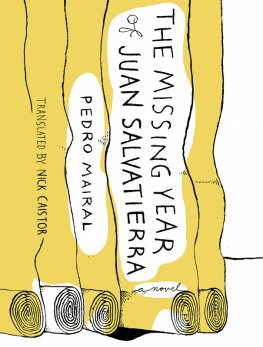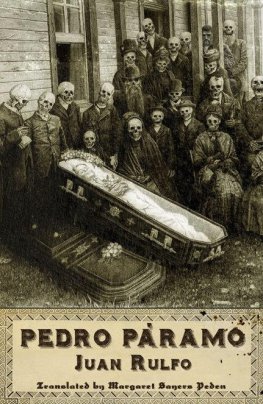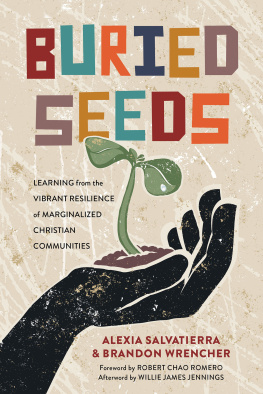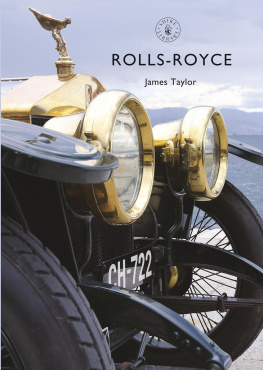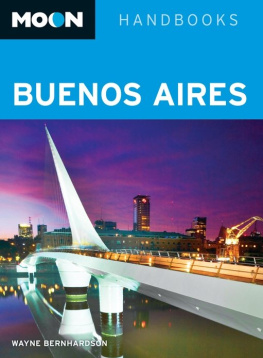Pedro Mairal
The Missing Year of Juan Salvatierra
The painting (the reproduction of the painting) is in the Rell Museum. It stretches around a curved underground corridor that links the old building with the new wing. When you descend the stairs its as if youre in an aquarium. The painting flows along thirty meters of the inside wall like a river. Theres a bench on the opposite wall where people can sit and watch the canvas go slowly past. It takes a whole day for it to complete its cycle. More than four kilometers of images gradually unfolding from right to left.
If I say it took my father sixty years to paint it, that makes it sound as though he set himself the task of completing some vast work. It would be more exact to say that he painted it over a period of sixty years.
The myth now starting to grow up around the figure of Salvatierra is based on his silence. In other words, on his inability to speak, his anonymous life, on his works lengthy secret existence, and its almost complete disappearance. The fact that only one canvas has survived means that this unique piece is worth a great deal more. He never gave interviews, left no notes about his work, played no part in our cultural life and never had an exhibition. As a consequence, curators and critics can fill that silence with a vast array of opinions and theories.
I read that one critic described his work as art brut, an art made in a completely naive and self-taught way, with no artistic pretensions. Another critic spoke of the obvious influence of the Mallorcan Luminist painters on Salvatierras work. If thats so, the distance that influence had to travel is a long one, but not impossible: from those Spanish Luminists to Bernaldo de Quirs; from Quirs to his friend and pupil Herbert Holt; and from Holt to Salvatierra. Another critic mentioned similarities with emakimono, those long painted scrolls you find in Chinese or Japanese art. Its true that Salvatierra had seen one of those scrolls, but its also true that he had already developed his technique of continuity in painting long before that.
But these hypotheses are unimportant. If I started trying to correct all the misapprehensions in what is being said about my father, Id have no time to do anything else. I have to get used to the idea that Salvatierras work is no longer ours (by that I mean our familys) and that now other people see it, look at it, interpret and misinterpret it, make critical assessments of it, in some way appropriate it. Thats how it should be.
I can also understand that the absence of the artist improves the work. Not only because he is dead, but because of the silence I mentioned earlier. The fact that the artist isnt present, getting in the way between spectator and work, means that people are freer to appreciate it. In this sense, Salvatierra is a particularly extreme case. For example, theres not a single self-portrait in the entire work; he does not appear in his own painting. In what is essentially a personal diary in images he himself does not figure. Its like writing an autobiography in which you dont even figure. And another curious point: the work isnt signed. Although perhaps thats not so strange. After all, where could he have signed a painting that size?
Of all the distortions that have grown up around my fathers posthumous popularity, what I find hardest to take is the sudden appearance of his supposed friends and acquaintances. Especially bearing in mind the fact that hardly anyone in Barrancales knew that Salvatierra painted, and that the few who did were not interested. A couple of weeks ago I saw a documentary where several unknown Barrancales luminaries were talking on camera (with French subtitles), recounting anecdotes about him, his character, his way of working. My aunts also appeared, even though they looked down on him, together with a provincial cultural secretary who rejected the work for years, and even Doctor Dvilas widow, who wouldnt open the door for me when I went to visit her. All of them spruced up, decent-looking, recounting their false or true stories about my father. They should at least have interviewed Jordn or Aldo. That would have been more honest.
When he was nine, Salvatierra had an accident while he was out horse-riding with his cousins through the palm grove down by the river. Salvatierra was riding a dapple-gray with a bristling coat. Thats how he always painted it: like a threat that reappears every so often throughout the work, a horse whose coat mingles with a leaden sky. His mount took fright in mid-gallop; Salvatierra fell off when it bucked, but his foot was caught in the stirrup, and he was left dangling between the horses legs as it made off through the trees. He was trampled on so badly that he had a fractured skull, a broken jaw, and a dislocated hip.
His cousins found him half an hour later in the woods, still dangling from the horse, which was quietly grazing behind a thorn bush. My uncle always used to say that they brought him back slowly, in tears, believing he was dead.
His life was saved by an old, one-eyed cook. She took him in, washed his wounds with some kind of herbal potion, wrapped him in clean clothes and put him to bed, whispering in his ear. When my grandparents returned from the village and saw how he looked, my grandmother fainted.
It wasnt until the next day that a drunken doctor drove up in his surrey. Fortunately, he didnt even touch Salvatierra, but simply said: Theres nothing to do but wait, and appeared again every three days, more to sample the lunch-time wine than to examine his patient. Ive never been able to discover the name of that doctor, but he did something fundamental in my fathers life. Not only did he allow him to recover without submitting him to the bloodletting and ice-cold baths recommended in those days, but when he saw he was getting better, he gave him some English watercolors that were brought down the river from Paraguay.
Following that accident, Salvatierra never spoke again. He could hear, but not speak. We never knew whether his muteness had a physical or psychological cause, or was a combination of the two. Any attempts to cure him were homespun: for example, a glass of water was left somewhere where he could see but not reach it, and he was told he could not have it until he said the word water. This proved useless: even though he might be dying of thirst, Salvatierra never uttered a single word.
What they did achieve was to get him to draw whatever it was he wanted. Then, after he had seen the watercolors, he began to paint. The drawings from those years have not survived (in fact, when he began his great work at the age of twenty, he himself burned all his previous efforts). According to what Ive been told, while he was recovering from the accident his bed would be moved out under the arbor and he would draw birds, dogs, and insects, or sketch furtive portraits of his adolescent girl cousins and his aunts, while they drank fresh lemonade in the early evening shade.
His long convalescence and his muteness spared him from the role established for the robust, healthy males of the family, and freed him from his Spanish fathers great expectations. My grandfather, Rafael Salvatierra, had come to Argentina in his early twenties with his brother Pablo. They had worked on small farms in Concepcin del Uruguay, then as farm managers in Coln until in their forties they had been able to buy some sandy land nobody else wanted in the Barrancales area. Over dinner, my grandfather would spread his arms wide in a gesture that was meant to include not only the big dining room but also the acres of land all around them, and he would say to his sons: I started out from complete poverty and have reached this far; this is where you start from, lets see how far you get. The dapple-grays kicks spared my father this challenging destiny.

